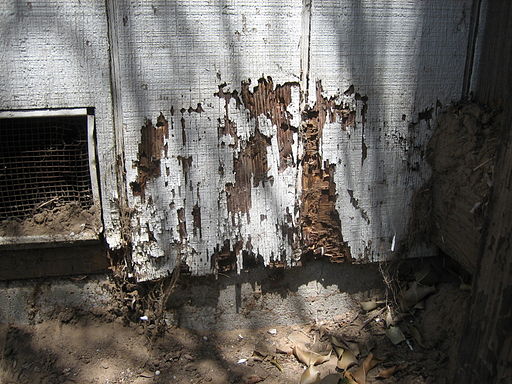The Dampwood Termite
There are more than 2500 termite species that exist in world, each having their characteristic appearance, behavior, size and habitat. The dampwood termite is one of the common species of termites. The following are common features of dampwood termites, which will help in their identification.

Dampwood termite (Porotermes adamsoni FROGGATT, Isoptera) by Commonwealth Scientific and Industrial Research Organisation (CSIRO).
HOW TO IDENTIFY DAMPWOOD TERMITES
Appearance
Dampwood termites bear a brown color with varying shades. The color can be light brown or dark brown. Reddish-brown colored dampwood termites also exist, while their nymphs are generally creamy-white colored, like all nymphs.
In terms of size, the dampwood termite happens to be the largest termite species. Kings and queens of dampwood termites can be as long as one-half of an inch, whereas soldier termites are usually about 20mm in size. Their nymphs are also large and can grow up to five-eighths of an inch in length. As compared to other termite species, they have larger heads and their pincers are located in the front.
Behavior
Unlike drywood termites, the dampwood termite species requires water and high humidity level for survival, as their name infers. Dampwood termites are known to live entirely in the woods they feast upon and are not known for creating shelter tubes.
They are even known for closing the openings of the wood they ate through using fecal pallets. They do this in an effort to preserve the humidity of the wood, as they need damp surroundings for survival. Usually dead trees, stumps and felled timber are their desired places to infest and feast upon.
Signs
Dampwood termites usually don’t build tunnels. Therefore, it’s difficult to identify their presence from the outer structure of the wood, as its smooth and clean like regular wood. Their presence can even go unnoticed for several years, but they weaken home structures as they continuously eat it from inside.
To identify presence of dampwood termites, look for their frass (feces) and swarmers, which might be around the infested wood. They use the fecal pallets to seal the entry points; however, if the wood is dry, then the frass will fall from the openings. Besides frass, the swarmers of dampwood termites can also be found on the outside near the infested wood.


